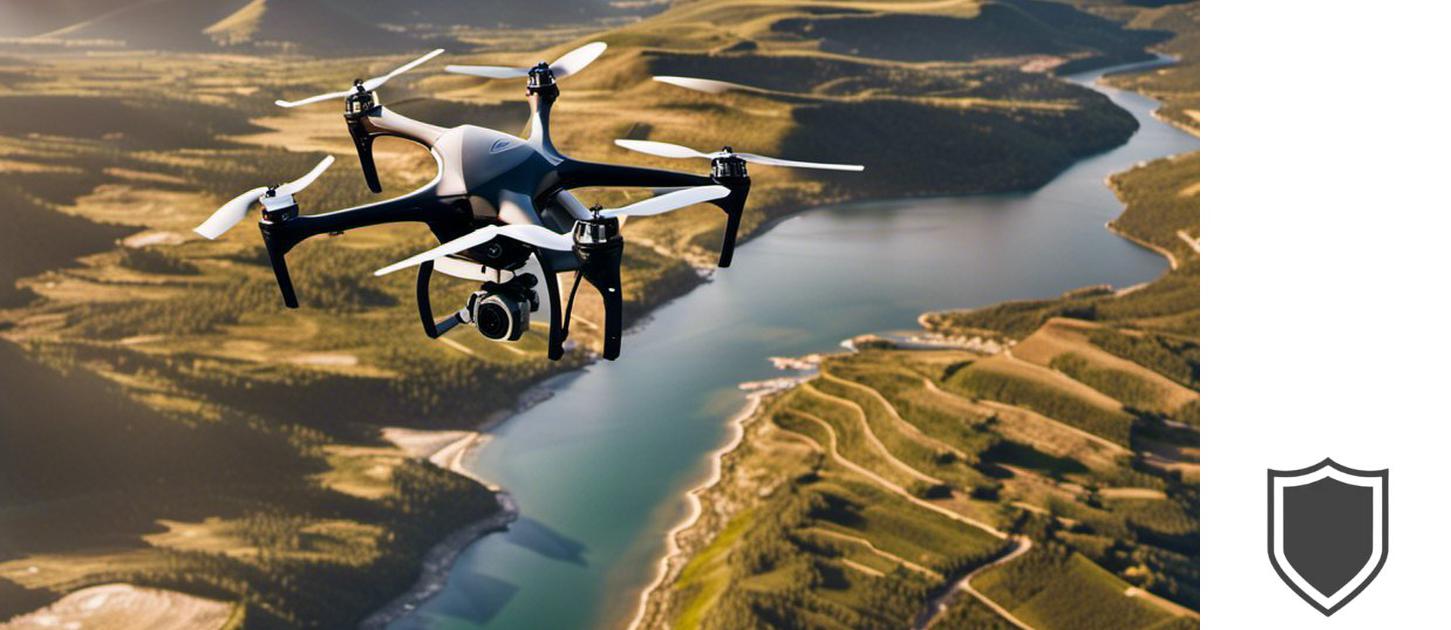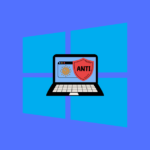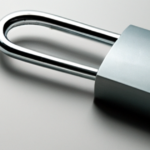The development of Remote ID technology is crucial for integrating drones into everyday life. As an enthusiast of drones, I understand the importance of this innovation, often referred to as a “digital license plate” for drones. The Federal Aviation Administration (FAA) has recognized the significance of Remote ID for maintaining safety and security in the airspace, especially with the growing prevalence of drone use.
I’ve been following the implementation of Remote ID, which allows drones to broadcast their unique identification and location information while in flight. This data can be received by other parties, such as law enforcement or aviation authorities, to track drone activity and ensure safe operations. It’s interesting to see how both the technology and regulations are evolving to keep up with the expanding drone industry.
In my research, I’ve noticed that Remote ID isn’t just about identifying individual drones; it also provides valuable spatial information, such as altitude and take-off location. This feature adds an extra layer of safety for both manned and unmanned aircraft, reducing the risk of accidents and ensuring that airspace remains organized and secure. Overall, Remote ID is essential for the future of drone operations, and I’m excited to see how this technology develops.
Understanding Remote ID
As a drone enthusiast, I’m excited to discuss the Remote ID technology, which has been deemed by the FAA as the ultimate step towards drone integration into the national airspace system. The basic idea of Remote ID is somewhat like a digital license plate for drones, allowing identification by people or equipment not directly associated with the drone operator 1.
The purpose of Remote ID is to provide identification and location information about a drone in flight through a broadcast signal. It is a crucial component that helps lay the foundation for the safety and security of more complex drone operations 2. There are two main types of Remote ID: broadcast and network.
Broadcast Remote ID transmits the drone’s information packets, which contain entries such as Drone ID, location, altitude, and the location of the Control Station, along with a time mark and a potential emergency alert message if needed. The broadcast signal can be received by other parties and is a key feature for drone accountability 3.
On the other hand, Network Remote ID, which was dropped from the final ruling, used internet connectivity to transmit location and identification information via an online platform 4. This method faced concerns about privacy and accessibility for drone operators without internet access.
With the implementation of standard Remote ID, the FAA, law enforcement, and other federal agencies can easily identify the control station of a drone flying in an unsafe manner or restricted areas 5. This also opens up new possibilities for advanced drone operations in US airspace, such as package deliveries and beyond-visual-line-of-sight operations.
In conclusion, understanding Remote ID technology is vital for anyone involved with drones, as it provides safety, security, and accountability for drone operations in the growing national airspace system.
Footnotes
- Remote ID Is Here – What You Need to Know and How It Will Work ↩
- UAS Remote Identification | Federal Aviation Administration ↩
- Network Remote ID vs. Broadcast Remote ID – Pilot Institute ↩
- Explaining and Understanding Remote Id – Auvsi ↩
- Remote ID for Industry and Standards Bodies | Federal Aviation Administration ↩
The Role of FAA in Remote Id
The FAA plays a crucial role in maintaining the safety and security of the National Airspace System by implementing regulations that govern the remote identification of drones.
One of the key aspects of the FAA’s responsibility is the establishment of the Final Rule on Remote Identification for UAS. This rule lays the foundation for a safe integration of unmanned aircraft into the US airspace, addressing concerns about safety, national security, and law enforcement. In essence, it serves as the “digital license plate” for drones, allowing them to be identified while in flight.
To facilitate compliance with these regulations, the FAA establishes FAA-Recognized Identification Areas (FRIAs). These areas allow operators of UAS without remote identification capabilities to fly within specific locations designated by the FAA. FRIAs help ensure that drones without remote ID can still operate safely and within the guidelines set by the FAA.
Law enforcement agencies greatly benefit from the implementation of Remote ID, as it enables them to quickly identify and track the location of drones and their operators. This has a significant impact on addressing the issues in safety and security that arise from unidentifiable or rogue drone operations.
Remote ID and Drone Pilots
Remote ID is essential for ensuring airspace safety, as it allows identification and location tracking of both drones and their control stations (source).
There are multiple ways for drone pilots to comply with the Remote ID rule. One option is to operate a Standard Remote ID drone that broadcasts identification and location information directly from the drone using radio frequency broadcast, like Wi-Fi or Bluetooth technology. This data can be accessed by most personal wireless devices within range of the broadcast.
In September 2023, the Remote ID rule will require all drones registered with the FAA to be capable of publicly broadcasting certain information, such as a unique ID number (source). As both a recreational and commercial drone pilot, I must be familiar with this rule and ensure that my drone is compliant by that date.
The Remote ID rule also has implications for control stations. Along with the drone’s information, the control station’s location must be broadcast as well.
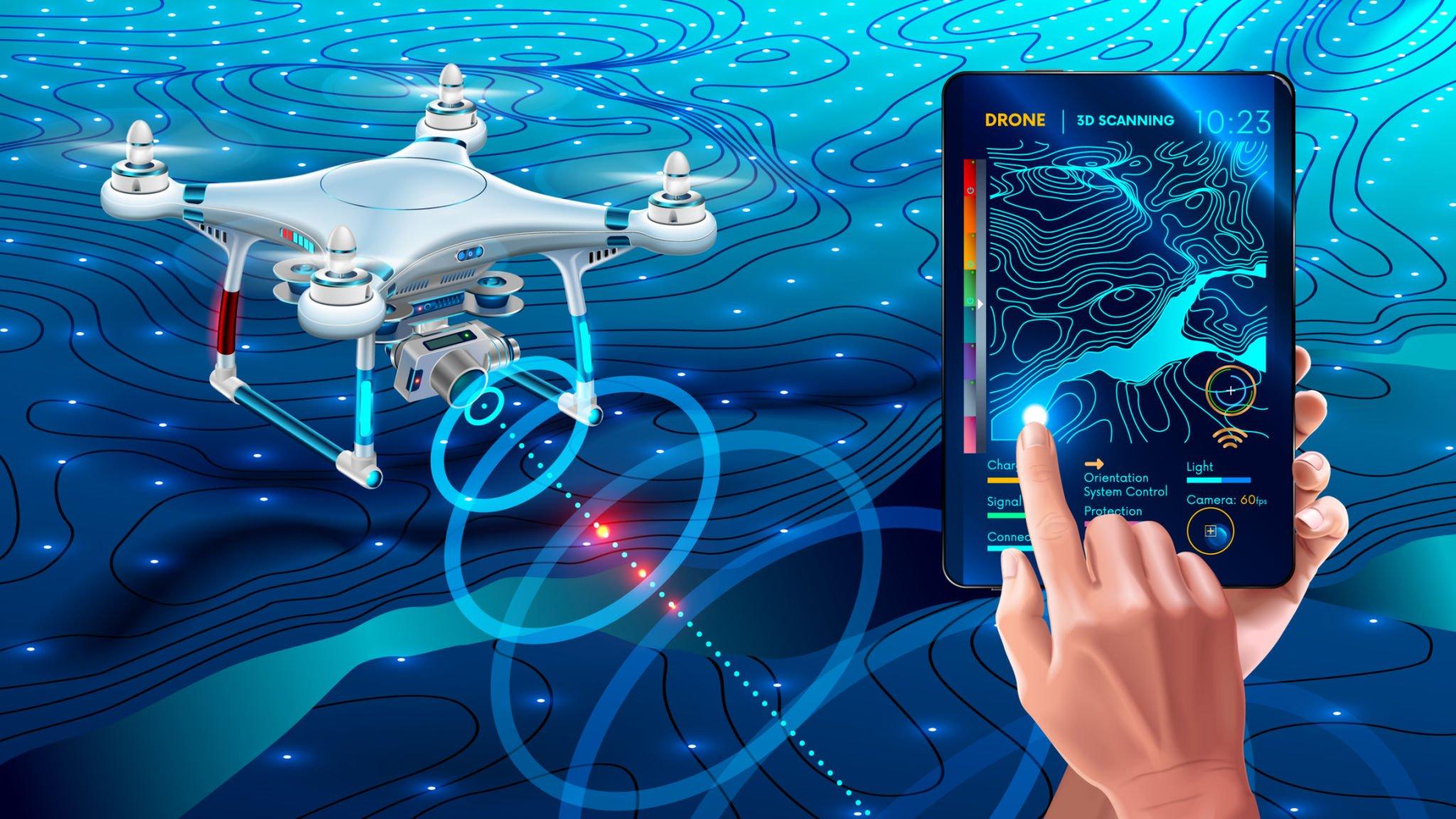
The Role of Remote ID in Safety and Security
The primary purpose of Remote ID is to address safety concerns in the drone industry. By providing identification and location information, Remote-ID allows for better situational awareness among all airspace users, including manned aircraft pilots and air traffic controllers. This increased awareness can help prevent collisions between drones and other aircraft, as well as reduce the risks associated with drone flights in congested airspace. In addition, the use of Remote ID ensures compliance with aviation regulations, enhancing overall safety and accountability.
Another essential aspect of Remote ID is its role in promoting a secure environment for drone operations. Remote-ID helps the FAA, law enforcement, and other federal agencies in locating the control station when a drone appears to be flying in an unsafe manner or in restricted areas. This capability is particularly relevant when responding to emergency situations, as it allows authorities to quickly assess potential threats and take appropriate action.
Moreover, Remote-ID lays the groundwork for more complex drone operations in the future, as it establishes a solid foundation of safety and security measures. For instance, the implementation of Remote ID enables more advanced features like tracking and monitoring multiple drones in flight, paving the way for better integration of drones into our airspace system.
Location and Altitude Detection
According to the FAA, the remote-ID information packets should contain the location and altitude of the control station. Specifically, the reported geometric altitude of the control station has to be accurate to within 15 feet of the true geometric altitude with a 95 percent probability. This level of precision is necessary for reliable coordination between drones and manned aircraft, as well as for public safety.
As for the drone’s location information, the remote-ID system broadcasts position data based on the drone’s GPS coordinates. The FAA’s standardized information packet also includes details such as the UAS serial number or Session ID, the position and altitude of the drone pilot, and the current location of the UAS.
Some methods of implementing remote ID, like built-in remote ID modules, transmit location and identification data using radio frequency, which may include WiFi signals or Bluetooth technology. This information will help other parties track and identify drones in the airspace, enabling safer and more regulated flights.
Privacy Concerns With Remote ID
In recent years, the use of unmanned aircraft systems (UAS) or drones has increased significantly, and as a result, the FAA introduced the Remote ID rule to regulate drone operations. With this new regulation in place, there have been notable privacy concerns associated with Remote ID that I want to address.
One primary concern with Remote-ID is the potential disclosure of personal information. As Remote ID requirements do not reveal the drone operator’s personal identification data, it does, however, reveal the operator’s physical location and the drone’s location NBAA. This can lead to potential privacy infringements where individuals might want to maintain a level of anonymity while operating their drones.
Another issue is the unique identifier assigned to each drone, which contributes to the tracking of drone operations. Although the identifier doesn’t directly contain personal information, it can be associated with an individual’s drone registration data. This opens up the possibility of misuse or surveillance if this information falls into the wrong hands.
Moreover, there have been concerns about the central collection and storage of drone flight data in the past, primarily when the Network Remote ID model was being considered. This model raised substantial privacy concerns, as centralizing such data might be prone to unauthorized access or scrutiny later. Consequently, the FAA shifted towards a Broadcast Remote ID model to address these concerns Pilot Institute.
The privacy implications surrounding Remote-ID must not be overlooked as drones become more integrated into our daily lives and airspace. Ensuring that these concerns are considered and addressed is vital for maintaining trust in the drone industry and developing future regulations.
Footnotes
Impacts on Older Drones and Retrofits
As the FAA’s Remote-ID rule rolls out, those of us with older drones might ask how this will impact us and if retrofitting our devices is possible. I’d like to share some information to help understand these impacts.
Firstly, for existing drones without a built-in remote identification system, the FAA is likely to require a Remote ID module, which will be an add-on device that broadcasts the necessary information. These modules can be attached to older drones, allowing them to comply with the new regulations.
Additionally, the implementation of the Remote ID system may create some limitations on how and where older drones can be flown. For instance, drones without proper Remote-ID compliance will only be allowed to operate in designated areas called FAA-recognized identification areas (FRIAs).
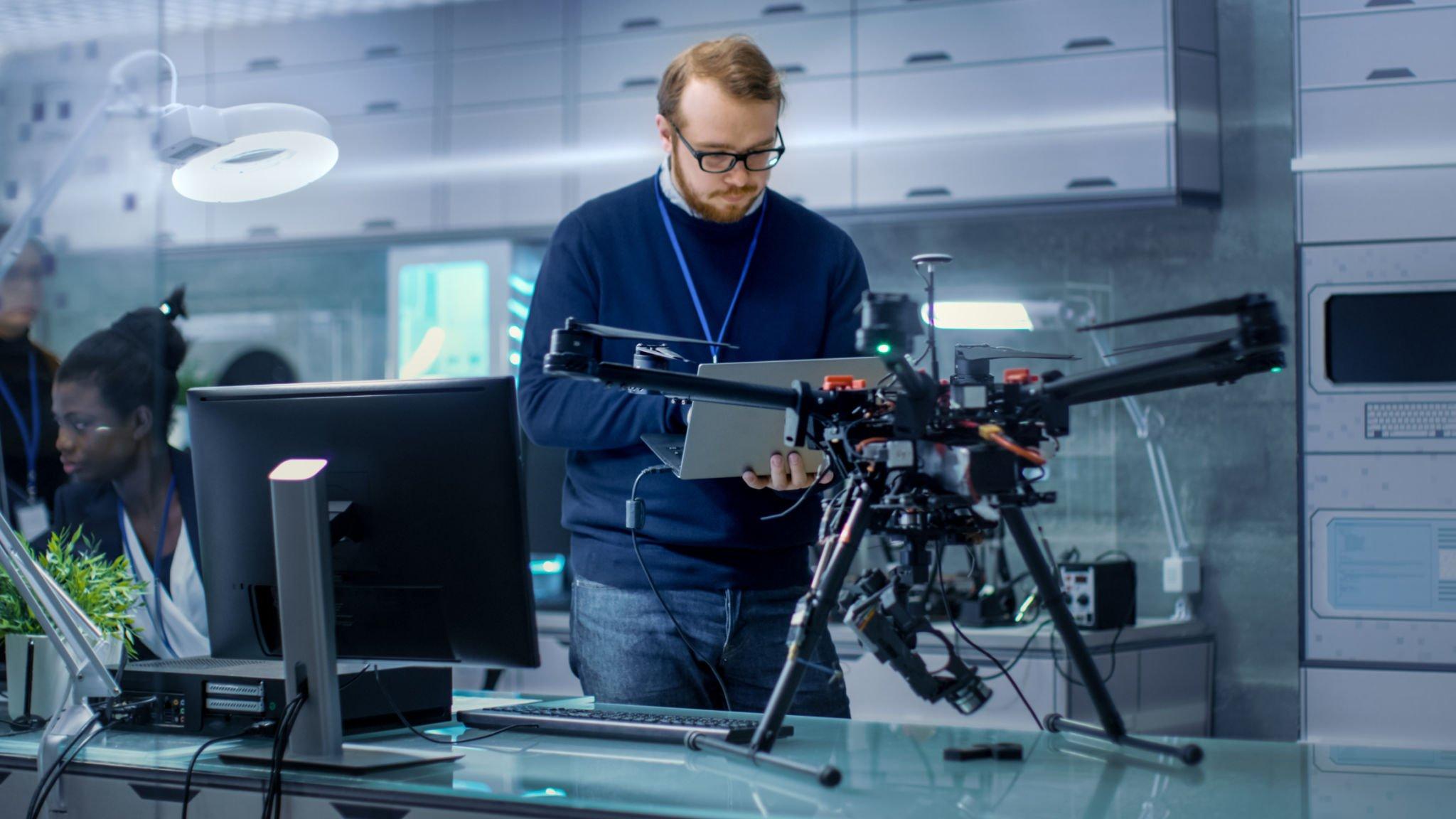
Registration and Identification
As a drone pilot, I am required to register and identify my drone by following the UAS Remote Identification regulations set by the Federal Aviation Administration (FAA). This process is crucial in ensuring safety and accountability in the National Airspace System. Here’s a brief overview of how I went about registering my drone and complying with the Remote ID rules.
First, I visited the FAADroneZone to register my drone. During the registration process, I had to provide the serial number of my drone or the Remote-ID broadcast module if I was using one. This basically serves as a digital license plate for my drone, allowing it to be easily identified without revealing my personal information.
In case my drone doesn’t come with a built-in Standard Remote ID, I opted for attaching a Remote-ID broadcast module. This module allows my non-Standard Remote-ID drone to comply with the FAA regulations by broadcasting the drone’s identification, location, altitude, and take-off location information.
The weight of my drone played a significant role in determining if I needed to register it or not. Drones that weigh at or under 0.55 lbs (250 grams) don’t need to comply with the Remote ID rules. However, my drone was above this weight limit, so I had to complete the registration process.
Once I successfully registered my drone, I received a registration number that I had to display on my drone. This ensures that my drone is easily identifiable when flying, and it helps maintain safety and security for all airspace users.
As a responsible drone pilot, I always keep myself updated with the FAA regulations and make sure my drone’s identification and registration comply with their rules.
Footnotes
- https://www.aloft.ai/blog/your-guide-to-the-remote-id-nprm/ ↩
- https://www.faa.gov/uas/getting_started/remote_id/ ↩
- https://pilotinstitute.com/remote-id-guide/ ↩
- https://www.faa.gov/sites/faa.gov/files/uas/resources/community_engagement/Remote_ID_Toolkit.pdf ↩
- https://www.faa.gov/uas/getting_started/remote_id/ ↩
- https://pilotinstitute.com/broadcast-vs-network-remote-id/ ↩
- https://pilotinstitute.com/broadcast-vs-network-remote-id/ ↩
Emerging Trends in Remote ID
One of the most crucial advancements is the development of Automatic Dependent Surveillance-Broadcast (ADS-B) systems for drones, which can provide significant benefits in increasing airspace safety. ADS-B enables real-time tracking of unmanned aircraft and enhances the ability to share information with manned aircraft and air traffic controllers.
As unmanned aircraft technology advances, we’re witnessing more use cases for Beyond Visual Line of Sight (BVLOS) operations. This kind of operation allows drones to cover greater distances and perform tasks without direct supervision from operators, thereby opening up new possibilities for various industries, such as infrastructure inspection and emergency response.
An essential aspect of Remote ID relates to flying over people and vehicles. With the introduction of digital license plates for drones, it is now possible to monitor and control the flight of drones in areas where interaction with the public is unavoidable. This feature is especially pertinent for educational institutions, where safety is paramount.
Another interesting development involves the tracking and recording of the take-off location and point as part of the Remote ID. By having access to this data, authorities can enhance security measures and ensure that drone operators adhere to regulations. Furthermore, the addition of session IDs to the Remote ID system allows for better management of flight data from drones, making it easier to monitor and analyze their operations.
Finally, the inclusion of velocity and time mark information in digital Remote ID systems provides vital dynamic information about drones in flight. This data can be crucial in coordinating air traffic, identifying potential risks, and enhancing the overall safety and efficiency of air operations.
By keeping abreast of these emerging trends, I aim to stay knowledgeable about the dynamic landscape of Remote ID technology, ensuring that I’m always able to provide clear and accurate information about this rapidly evolving field.
Concluding Remarks
I have been closely observing the evolution of drone laws and their implications on the drone community. The introduction of remote ID rules has been significant in shaping the future of unmanned aerial systems.
In my experience, I find that remote ID rules are crucial in ensuring the safety, security, and responsible integration of drones into the airspace. These rules, in combination with Part 21, establish clear performance requirements that drone manufacturers and operators must adhere to.
The advisory circulars provide valuable guidance to stakeholders in the drone community, helping them better understand and comply with these performance requirements. They serve as an essential resource for those who wish to navigate the complexities of drone law.
As a drone enthusiast myself, I understand the importance of embracing these regulations while also acknowledging the feedback and concerns of the drone community. By doing so, we can foster a harmonious relationship between aviation authorities and drone operators, ultimately promoting the safe and efficient use of our shared airspace.
Frequently Asked Questions
What are the requirements for Remote ID modules?
Remote ID is required for most drones operating in the US airspace. It serves as an electronic license plate system, allowing authorities to identify who is operating the drone. To meet the requirements, a drone must have a Remote ID module that broadcasts identification information such as the location of the drone and control station. The Federal Aviation Administration (FAA) has laid down specific guidelines on how to be Remote ID ready.
How does DJI Remote-ID work?
DJI, a leading drone manufacturer, has provided a user guide for FAA Remote-ID compliance. The Remote-ID functionality is integrated into DJI drones using a built-in system that broadcasts the necessary information. DJI’s solution allows users to display their Remote ID serial number, ensuring compliance with FAA regulations.
When should I implement Remote-ID in my drone?
As a drone operator, it’s essential to stay up-to-date with FAA regulations. Implementing Remote-ID should be a priority if you’re operating a drone in US airspace, as it helps authorities monitor and enforce safe and responsible drone usage. The sooner you incorporate Remote-ID, the better-prepared you are to comply with the evolving regulations.
Can I fly a drone without incorporating Remote-ID?
Flying a drone without incorporating Remote ID might lead to difficulties in adhering to FAA regulations. In some cases, you might be required to operate within specific geographic areas designated by the FAA. Implementing Remote ID increases safety and security, and is highly recommended for all drone operators.
What are the advantages of using Remote ID?
Using Remote-ID has several advantages. It lays the foundation for safety and security, enabling more complex drone operations. Remote-ID helps the FAA, law enforcement, and other federal agencies locate the control station when a drone appears to be flying unsafely or in unauthorized areas. This results in better airspace management and increased public trust in drone operations.
How can I add Remote ID functionality to my drone?
To add Remote ID functionality to your drone, you need to follow the guidelines and specifications provided by the FAA. You can equip your drone with a Remote ID module that complies with industry standards, or you can choose to upgrade your drone with a built-in Remote ID system offered by certain manufacturers, such as DJI. For more information, consult the FAA’s website on Remote ID readiness.
- Amazon Email Phishing: How to Identify and Avoid Scams - May 11, 2025
- Malwarebytes vs McAfee: Decoding the Ultimate Antivirus Battle - May 11, 2025
- Best Antivirus for Windows 10: Expert Recommendations for 2023 - May 11, 2025
